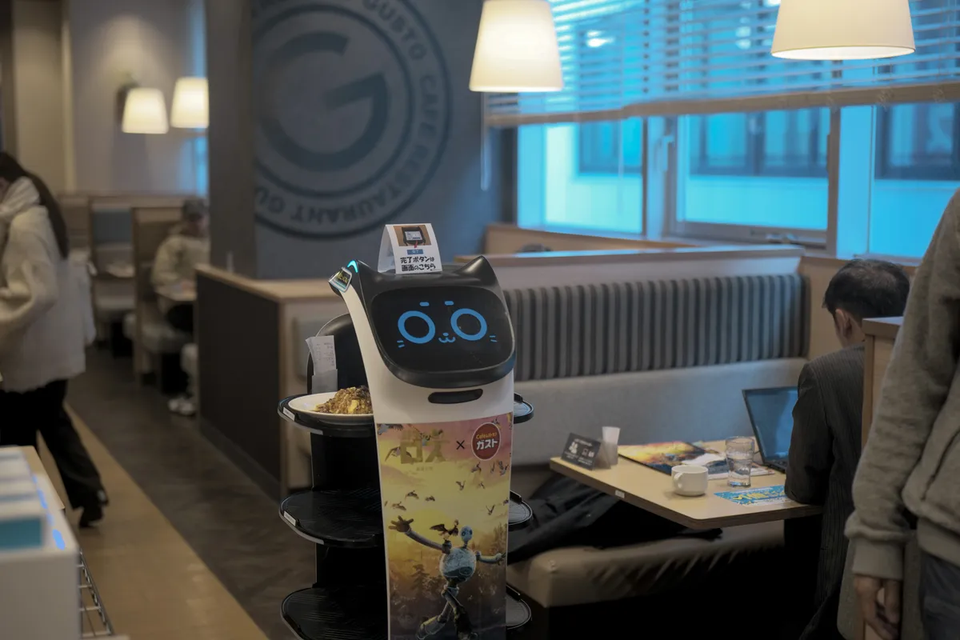 |
A cat-shaped robot serves tables at the Skylark restaurant in Tokyo. Photo: Soichiro Koriyama/Bloomberg . |
At a crowded restaurant in the Mita neighborhood near central Tokyo, there is a restaurant with a staff of robot staff designed to look like cats.
Equipped with advanced technology, this robot is able to accurately locate and serve customers who have ordered. When it reaches the correct table, the robot performs a precise 90-degree rotation, accompanied by the announcement: "Your food has been served", ending with a cheerful "Meow!".
Cat ears staff
At this restaurant, Ms. Yasuko Tagawa, 71 years old, and her colleague, Mr. Ranjit Dhami Khawas from Nepal, are the only employees working.
It's an increasingly common sight at more than 2,000 restaurants owned by Skylark Holdings, Japan's largest operator of table-service restaurants.
“Thanks to the robot, my job is no longer difficult,” Ms. Tagawa said as she wiped down tables. She works up to 20 hours a week at Skylark’s Gusto restaurant in Mita, including helping to train new “employees.”
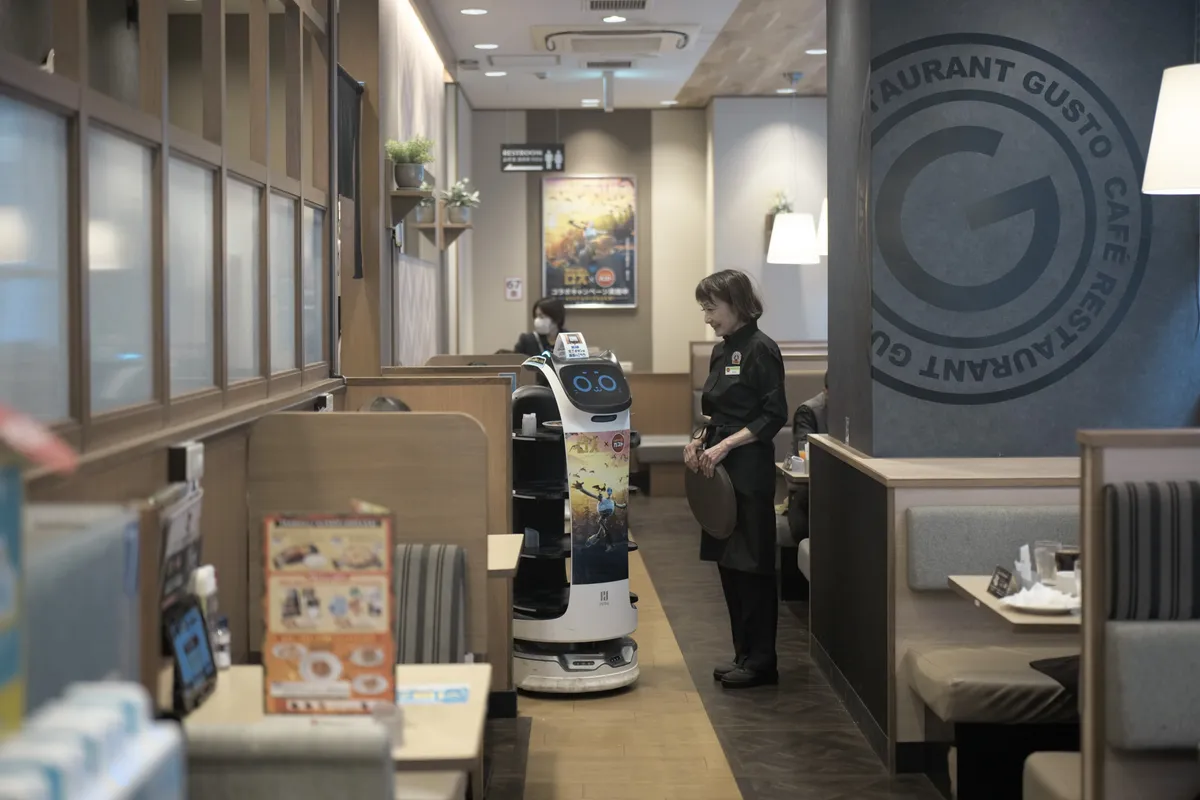 |
Ms. Yasuko Tagawa stands next to a serving robot. Photo: Soichiro Koriyama/Bloomberg. |
Ms. Tagawa started working here six years ago and said about half of her work now is done with the help of machines. “At my age, moving around a lot is really a challenge,” she said.
At the restaurant, customers order food via tablet and the robot serves as a waiter. Khawas, a student who is not fluent in Japanese, is also assisted by the robot in his work. “At first, I was surprised to see the cat robots, but they are really useful,” Khawas said.
These service robots also make it easier for businesses to recruit older workers or foreigners. This move helps the market compensate for the shortage of human resources, while also giving the technology industry a chance to perfect automated systems to support humans in their work.
Labor shortage
Japan is facing a severe labor shortage and the fastest aging population in the world . The country has the lowest unemployment rate among OECD countries and, according to the Recruit Works Institute, will have a shortage of 11 million workers by 2040.
A government- backed study estimates that by 2065, people aged 65 and over will account for nearly 40 percent of Japan's population.
The labor shortage is particularly acute in sectors such as hospitality and health care. As of January, there were an average of about three restaurant server positions for every job seeker, while the ratio for health care workers was about four to one, according to Japan’s labor ministry. The integration of robots into Japan’s labor market may be inevitable.
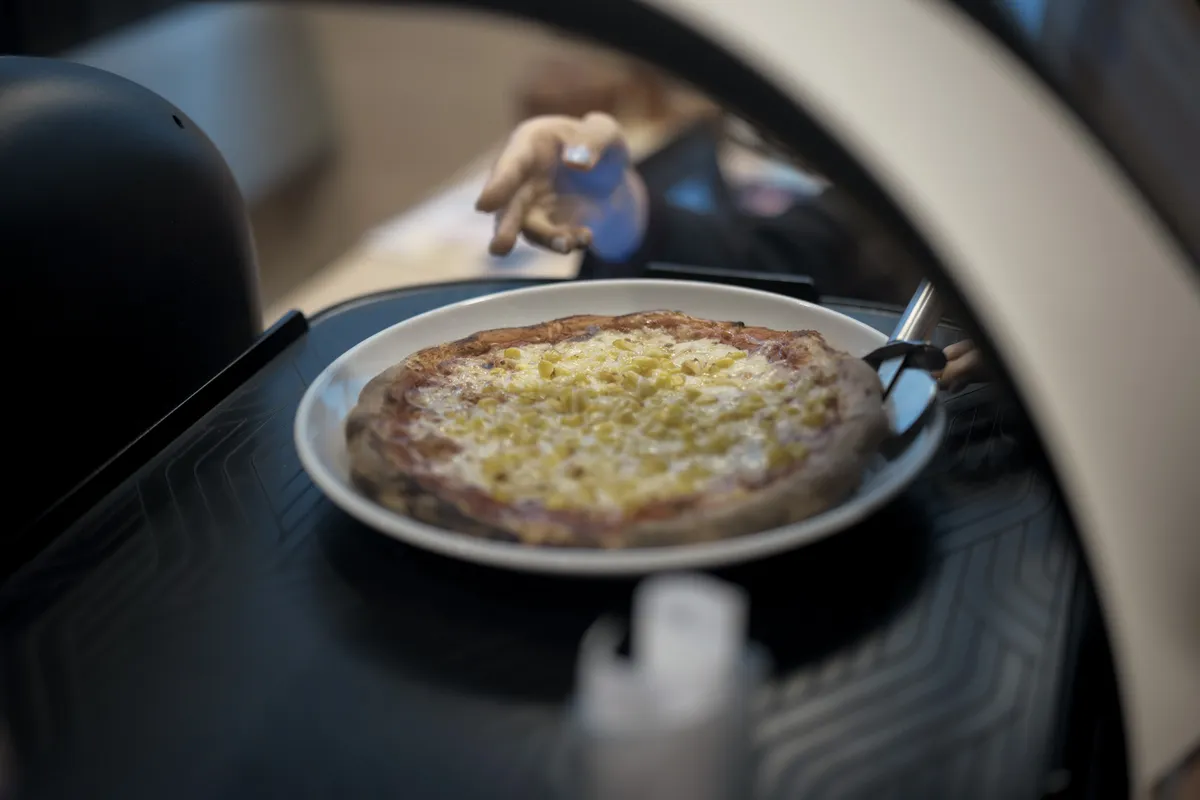 |
Skylark operates about 3,000 cat-shaped robots that can make a variety of facial expressions and carry heavy plates of food. Photo: Soichiro Koriyama/Bloomberg. |
As a result, businesses in the service sector in Japan are increasingly investing heavily in automated robots that can work alongside humans.
The service robot market in Japan is expected to be worth more than 400 billion yen ( $2.7 billion ) by 2030, nearly triple its size in 2024, according to a forecast by research firm Fuji Keizai. The global market is forecast to reach 2.57 trillion yen ( $17.2 billion ) this year, from 1.35 trillion yen in 2021.
“The service robot market is just beginning,” said Takayuki Ito, president of the International Federation of Robotics (IFR).
Skylark now employs about 3,000 cat-shaped robots, which are equipped with 3D sensors, dozens of facial expressions and the ability to carry heavy trays of food. The company also employs more than 4,000 employees aged 65 and older, up from about 2,270 in 2020. Foreign workers account for 3.3% of part-time employees, up from 2.6% in 2020.
Skylark's labor costs as a percentage of revenue will fall to 32.6% in 2024, from 40.2% in 2021. The robots will save the company about 5 billion yen in labor costs a year, according to Bloomberg Intelligence estimates.
Source: https://znews.vn/doc-dao-robot-tai-meo-phuc-vu-nha-hang-tai-nhat-ban-post1537602.html





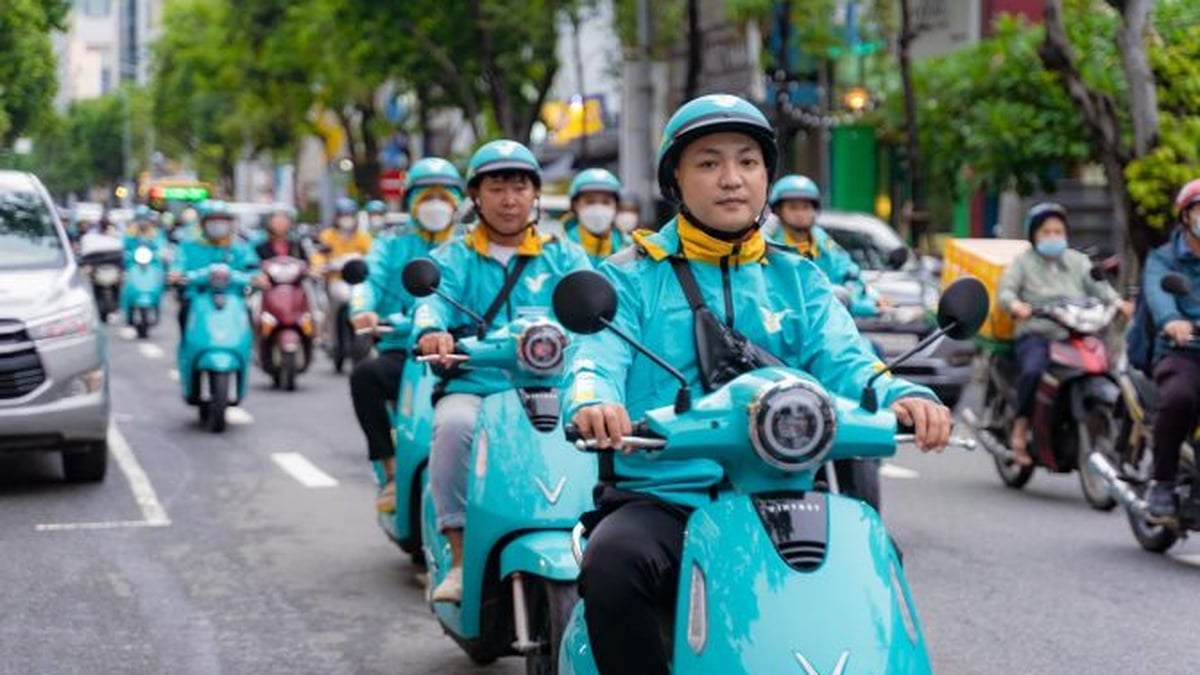
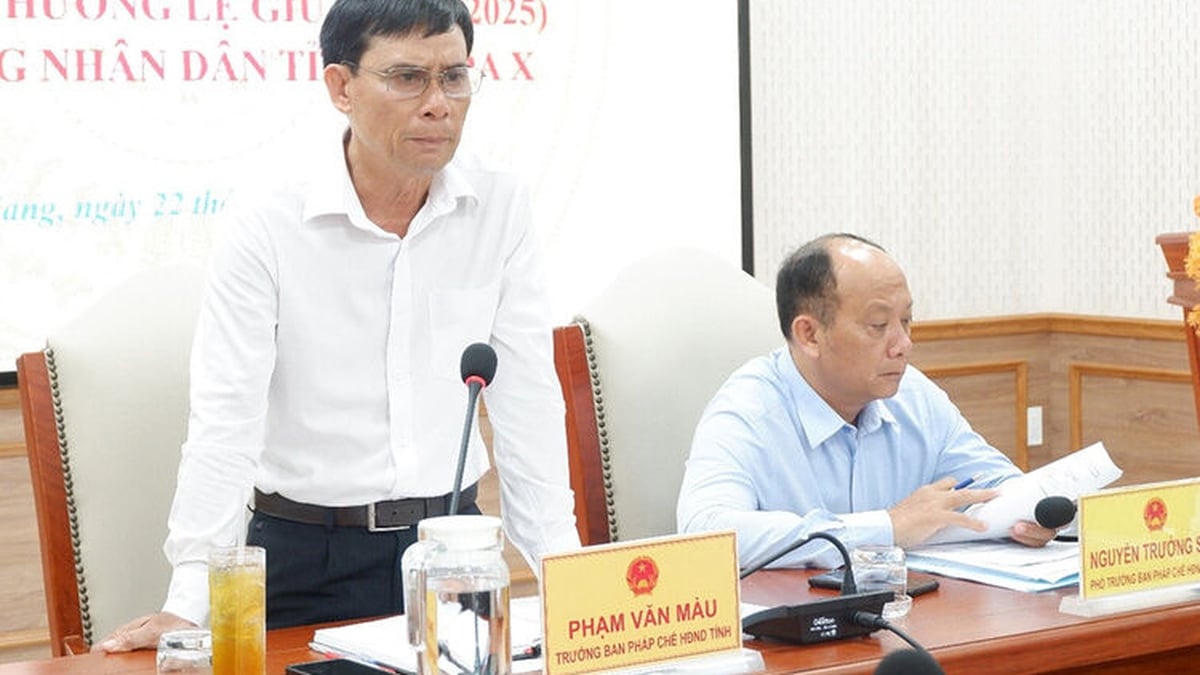
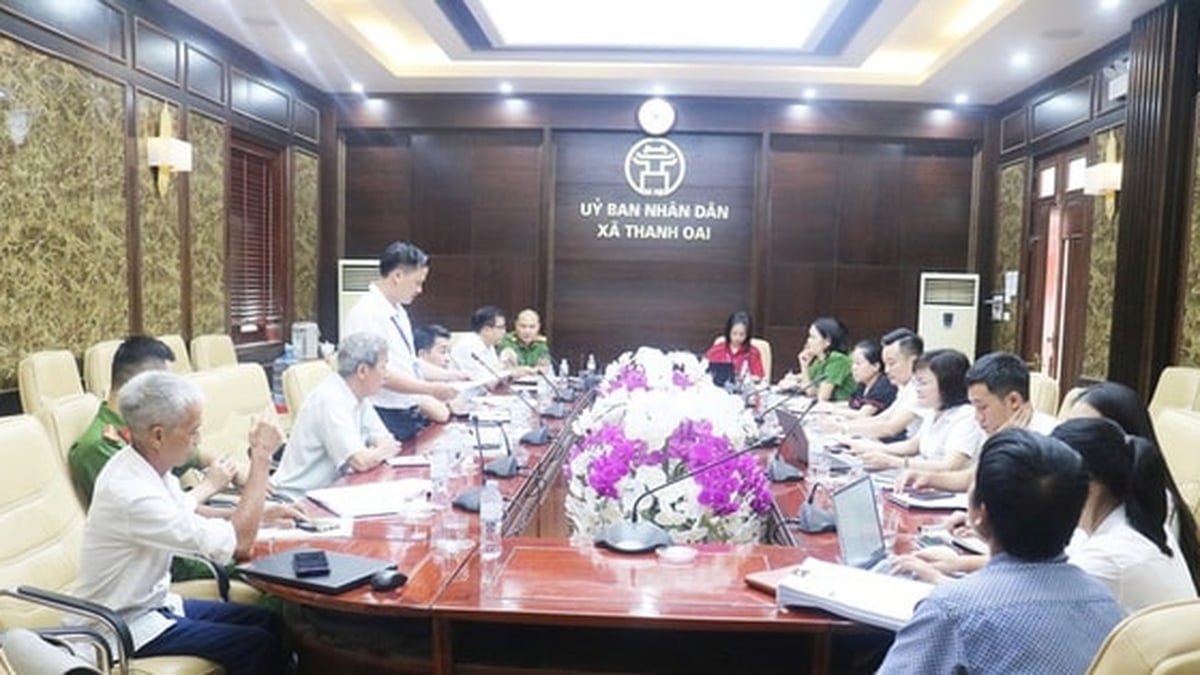
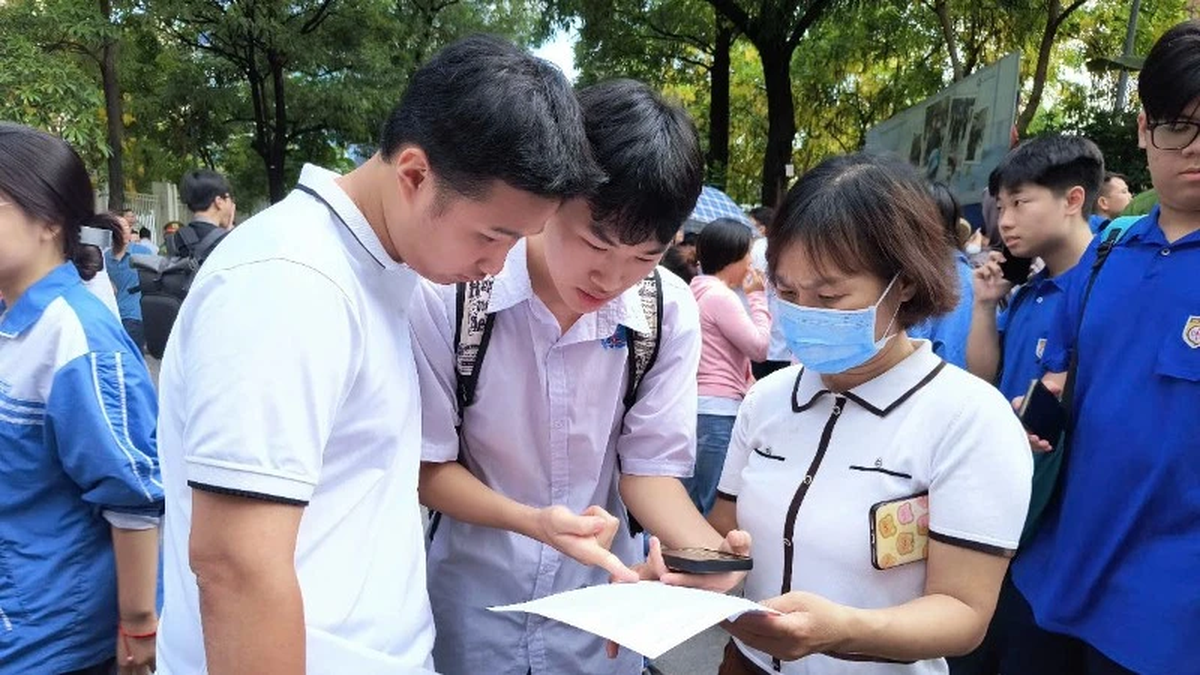













![[Photo] National Assembly Chairman Tran Thanh Man visits Vietnamese Heroic Mother Ta Thi Tran](https://vphoto.vietnam.vn/thumb/1200x675/vietnam/resource/IMAGE/2025/7/20/765c0bd057dd44ad83ab89fe0255b783)













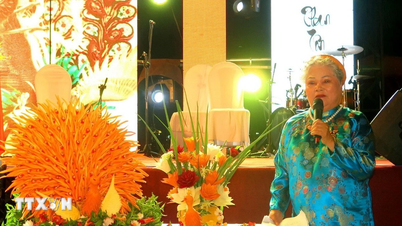










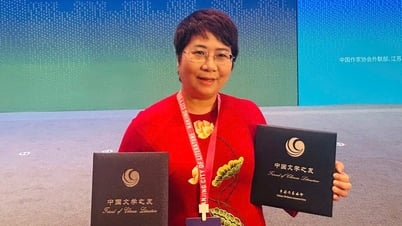



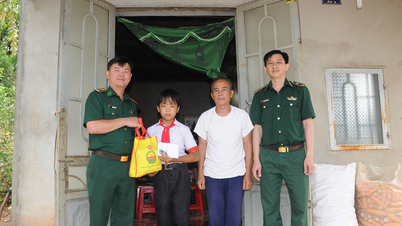

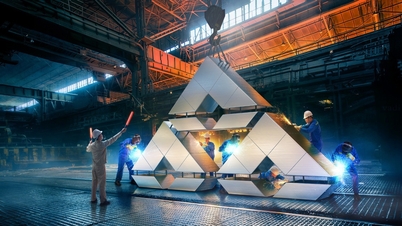

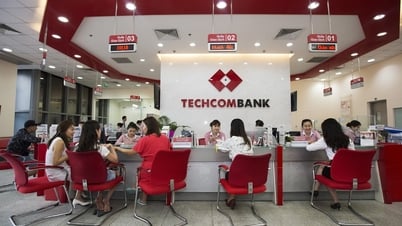




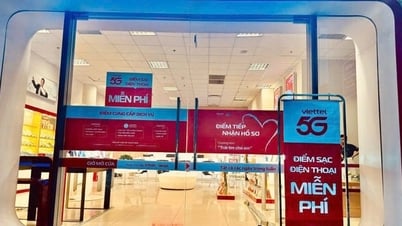

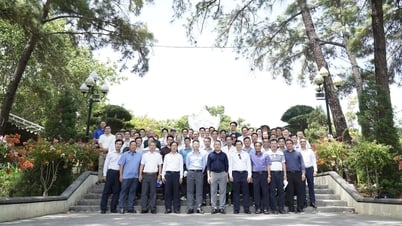









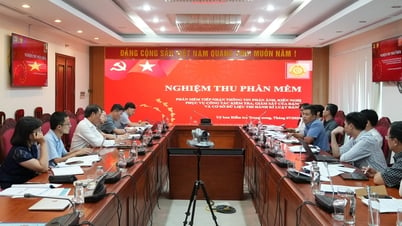





























Comment (0)